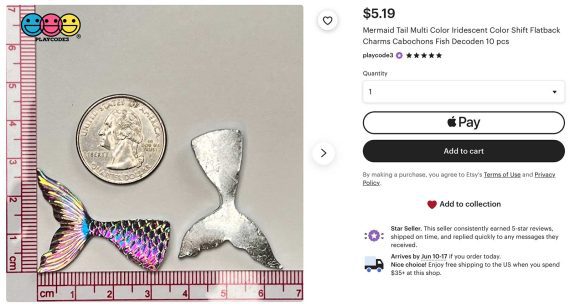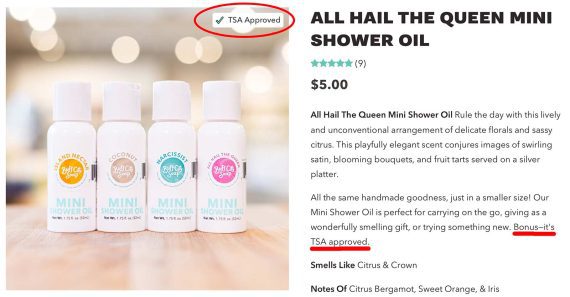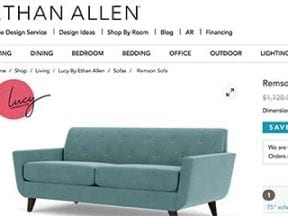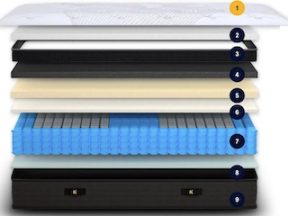Depending on the survey, upwards of 70% of online shoppers read multiple customer reviews before purchasing a product. The reviews are often key components of product description pages. But they don’t always answer the most pressing questions.
Simpler is better for online shopping. That includes minimizing shoppers’ research.
Here are 12 ways to do that.
Quick Answers
Highlight the pain point(s) solved. Shoppers hunt for products to address a need. Instead of focusing on what a product does, explain the problems it solves. Do it in the first bullet point or a consistently placed information box.
Don’t make them calculate. Who wants to launch a calculator app to convert centimeters to inches or figure out a shed’s square feet?
- Unless serving a localized audience, display dual measurements — metric and standard.
- For dimensions, include height, width, and depth.
- Provide visual comparisons using everyday objects so people can gauge sizes.
Address common uses. A backpack could fit a 15″ laptop.
Confirm the details. Reassuring shoppers keeps them from leaving. An apparel site should link to quick charts or definitions to explain materials and fits; a sporting goods site should highlight which products travel as carry-on or checked items.
Savvy travelers know to restrict liquids to 3 ounces on a plane, but others may not. Buff City Soap uses unobtrusive product labels — “TSA Approved” — to identify which products can be packed in carry-on luggage.
Explain shipping. If an item ships free, make it clear. If it ships at a flat rate, say so. Otherwise, review how shipping is calculated. Large, unique, or delicate items may require special handling. Transparency can seal deals.
Provide documentation and third-party info. Don’t send shoppers elsewhere to research. Downloadable manuals and a prominent FAQ section increase the probability of a sale. Also consider embedding social content, including YouTube videos, that show the use in context.
Show products from every angle. Use multiple images, looks inside, and 360-degree views.
Define industry lingo. When listing technical specifications, use tooltips — indicated by an “i” or “?” — for laypersons’ explanations.
Facilitate easy comparisons of similar products. Comparison charts help shoppers narrow their choices. Perhaps the initial product is overkill, and a less pricey version fits the bill. Or they may decide the pricier item is worth the money. Either way, comparing products instills trust and helps undecided shoppers.
Incorporate Q&As. No product description will answer every question. Q&A sections allow shoppers to search for relevant answers and post questions. Monitor the questions and respond quickly.
Show them who loves the product. If a celebrity or influencer has been spotted using the product in a positive manner, say so. Consider embedding social media posts to show regular folks using the items you sell.
Display the release or manufacturing date when appropriate. Some products are updated without changing version numbers — the release date is the version. For tech products, the manufacturing date often indicates the software or the materials. Don’t rely on serial numbers to inform versioning.






